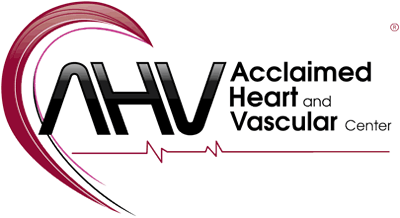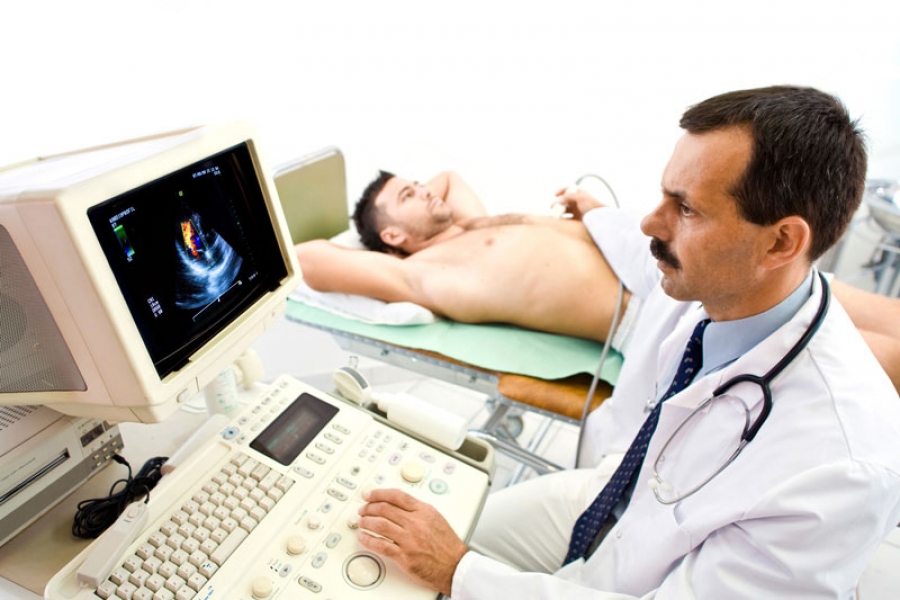They usually cause no symptoms except when ruptured. Occasionally, there may be abdominal, back, or leg pain.
They are most commonly located in the abdominal aorta, but can also be located in the thoracic aorta. Aortic aneurysms cause weakness in the wall of the aorta and increase the risk of aortic rupture. When rupture occurs, massive internal bleeding results and, unless treated immediately, shock and death can occur.
Most aneurysms are undetected and do not lead to serious events; however, over 9,800 deaths were a direct result of aortic aneurysms in the U.S. in 2014, according to evidence reported to the Centers for Disease Control and Prevention (CDC).
Symptoms:
- Pain in the chest, abdomen or lower back
- Abdominal discomfort, pain

Acclaimed Heart and Vascular Center
We deliver excellent care with compassion after discussing your health and treatment plan with simplicity.
Risk factors:
- Smoking
- Hypertension
- Poor Diet
- Obesity
- Lack of exercise
An aortic aneurysm, whether abdominal or thoracic, may not need any active treatment and instead may just be monitored regularly. Medications and preventive measures may be all that is needed. Sometimes surgical treatment is needed to remove an aneurysm.
Aneurysms that rupture require emergency surgery. Without immediate repair, a ruptured aneurysm is always fatal in the thoracic aorta, and almost always fatal in the abdominal aorta.
DISCLAIMER: THIS WEBSITE DOES NOT PROVIDE MEDICAL ADVICE
The information, including but not limited to, text, graphics, images and other material contained on this website are for informational purposes only. The purpose of this website is to promote broad consumer understanding and knowledge of various health topics. It is not intended to be a substitute for professional medical advice, diagnosis or treatment. Always seek the advice of your physician or other qualified health care provider with any questions you may have regarding a medical condition or treatment and before undertaking a new health care regimen, and never disregard professional medical advice or delay in seeking it because of something you have read on this website.

